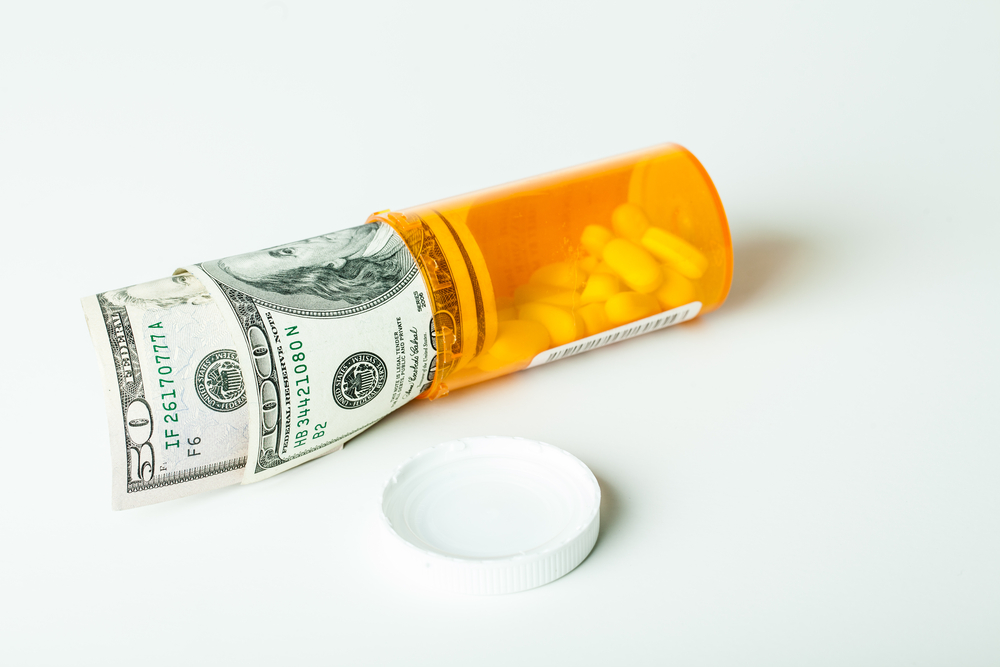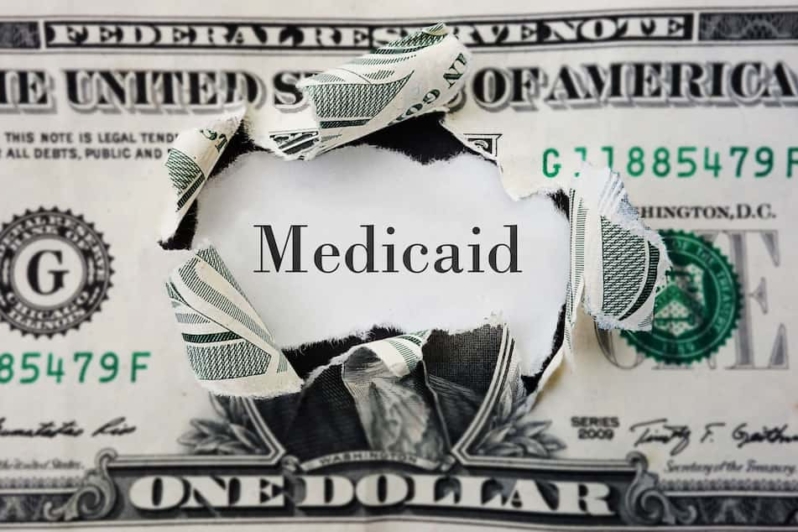How You Can End Up in Medicare’s Doughnut Hole, and How You Get Out
Medicare prescription drug (Part D) plans can have a coverage gap—called the "doughnut hole"--which limits how much Medicare will pay for your drugs until you pay a certain amount out of pocket. Although the gap has gotten much smaller since Medicare Part D was introduced in 2006, there still may be a difference in what you pay during your initial coverage compared to what you might pay while caught in the coverage gap.
Posted on May 10, 2021

When you first sign up for a Medicare prescription drug plan, you will have to pay a deductible, which can’t be more than $445 (in 2021). Once you’ve paid the deductible, you still need to cover your co-insurance (also called co-payment) amount (depending on your drug plan), but Medicare will pay the rest. Co-insurance is usually a percentage (for example, 20 percent) of the cost of the drug. If you pay co-insurance, these amounts may vary throughout the year due to changes in the drug’s total cost.
Once you and your plan pay a total of $4,130 (in 2021) in a year, you enter the coverage gap, aka the notorious doughnut hole. Previously coverage stopped completely at this point until total out-of-pocket spending reached a certain amount. However, the Affordable Care Act has mostly eliminated the doughnut hole. In 2021, until your total out-of-pocket spending reaches $6,550, you’ll pay 25 percent for brand-name and generic drugs. Once total spending for your covered drugs exceeds $6,550 (the "catastrophic coverage" threshold for 2021), you are out of the coverage gap and you will pay only a small co-insurance amount. For more from Medicare on coinsurance drug payments, click here.
Once you are in the coverage gap, your yearly deductible and co-insurance payments count toward the amount you need to pay to reach catastrophic coverage. The amount of out-of-pocket costs that you have to pay to reach catastrophic coverage will vary, depending on the type of drugs you take. In the case of brand name drugs, you will pay only a certain percentage of the price, but the entire price will count toward the amount you need to qualify for catastrophic coverage. With generic drugs, only the amount you pay will count toward getting you out of the doughnut hole. For more information about the coverage gap, click here.
Bear in mind that only payments for drugs that are covered by your plan count towards the out-of-pocket threshold. Your premium and the portion of the drug cost that Medicare pays do not count toward reaching catastrophic coverage, either. Also, any help with paying for Medicare Part D costs that you receive from an employer health plan or other insurance does not count toward this limit.
For more information about Medicare’s prescription drug benefit, click here.
More from our blog…
Capacity Requirements for Executing Estate Planning Documents
Proper execution of a legal instrument requires that the person signing have sufficient mental "capacity" to understand the implications of the document. While most people [...]
What You Should Know About Long-Term Care
Research shows that roughly one in seven adults aged 65 or older will need long-term care at some point in their later years. Meanwhile, tens of millions [...]
Understanding Medicaid: What Does Medicaid Cover?
In the complex and frequently changing landscape of health care in the United States, Medicaid stands out as a vital program. Since 1965, it has [...]
Elder Financial Abuse: How an Elder Law Attorney Can Help
Elder financial abuse is a significant issue affecting many older adults nationwide. It involves someone exploiting or misusing an older person’s finances or assets for [...]
Recent blog posts

FREE WEBINAR
5 Things to Know About
Estate Planning
When You Turn Sixty-Five





